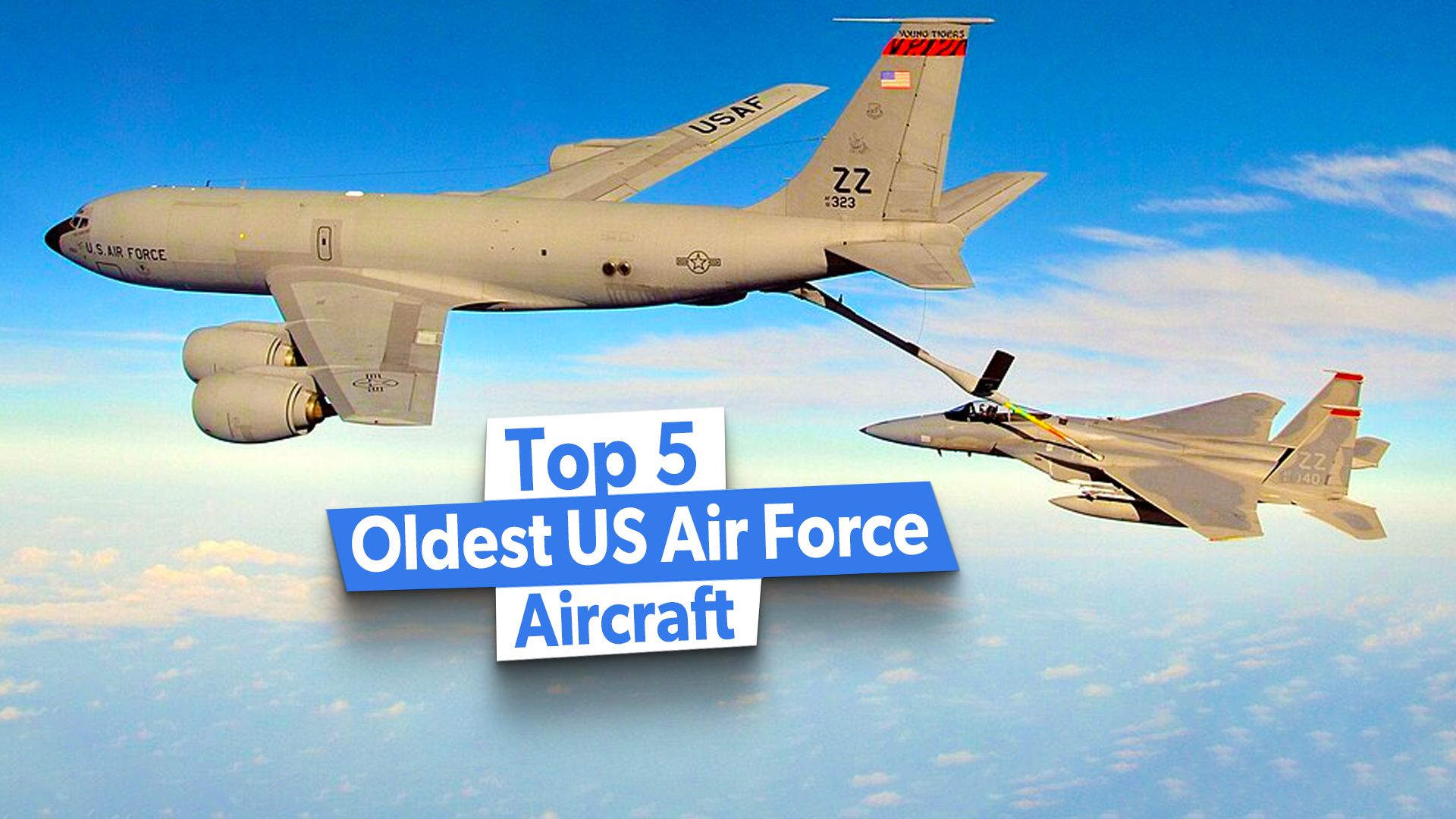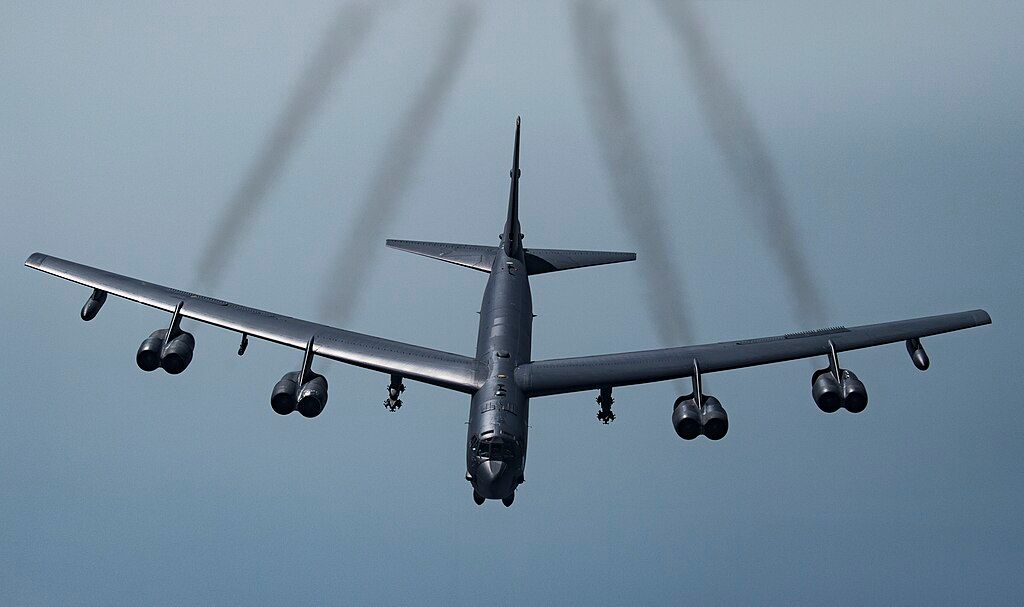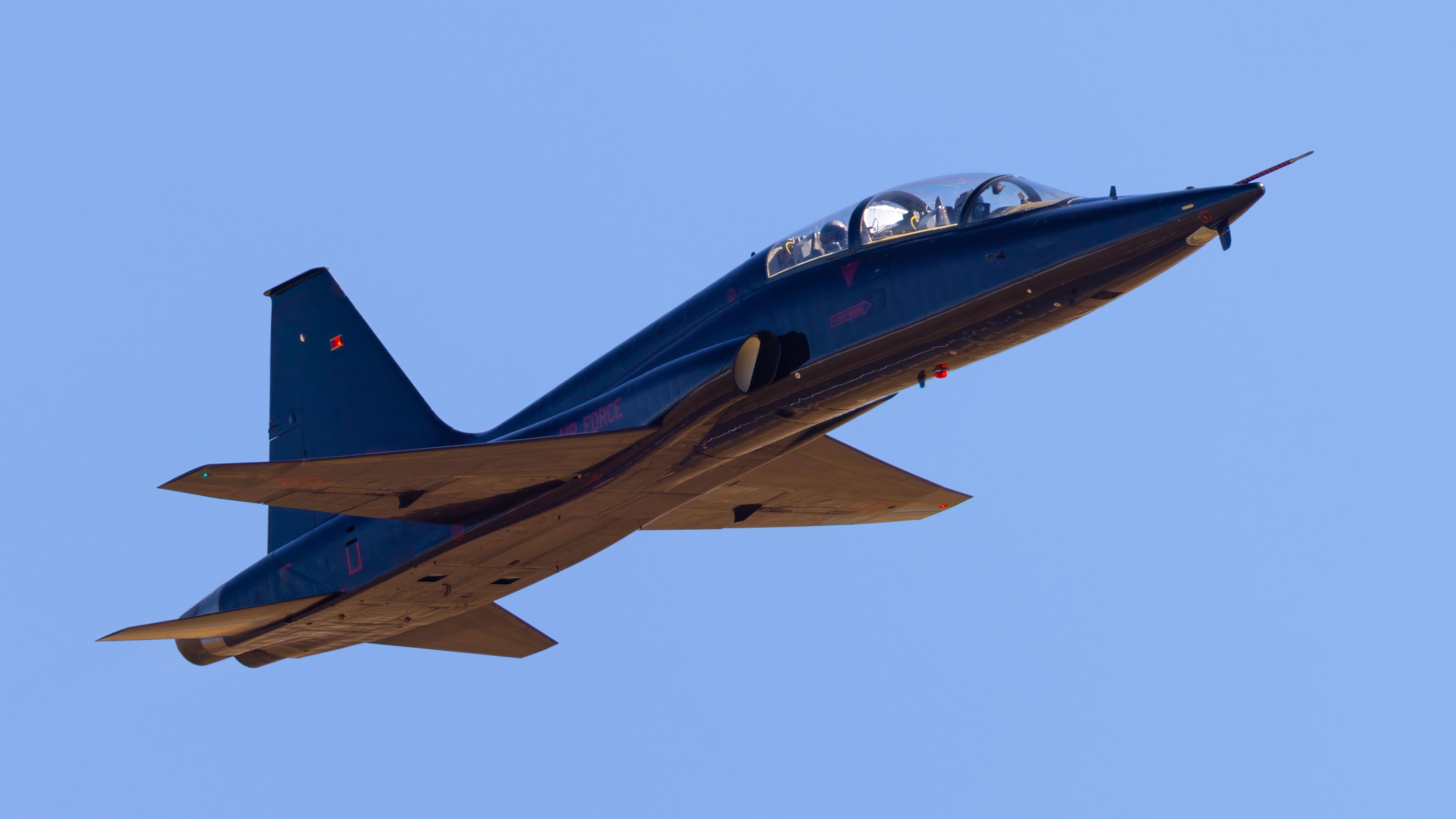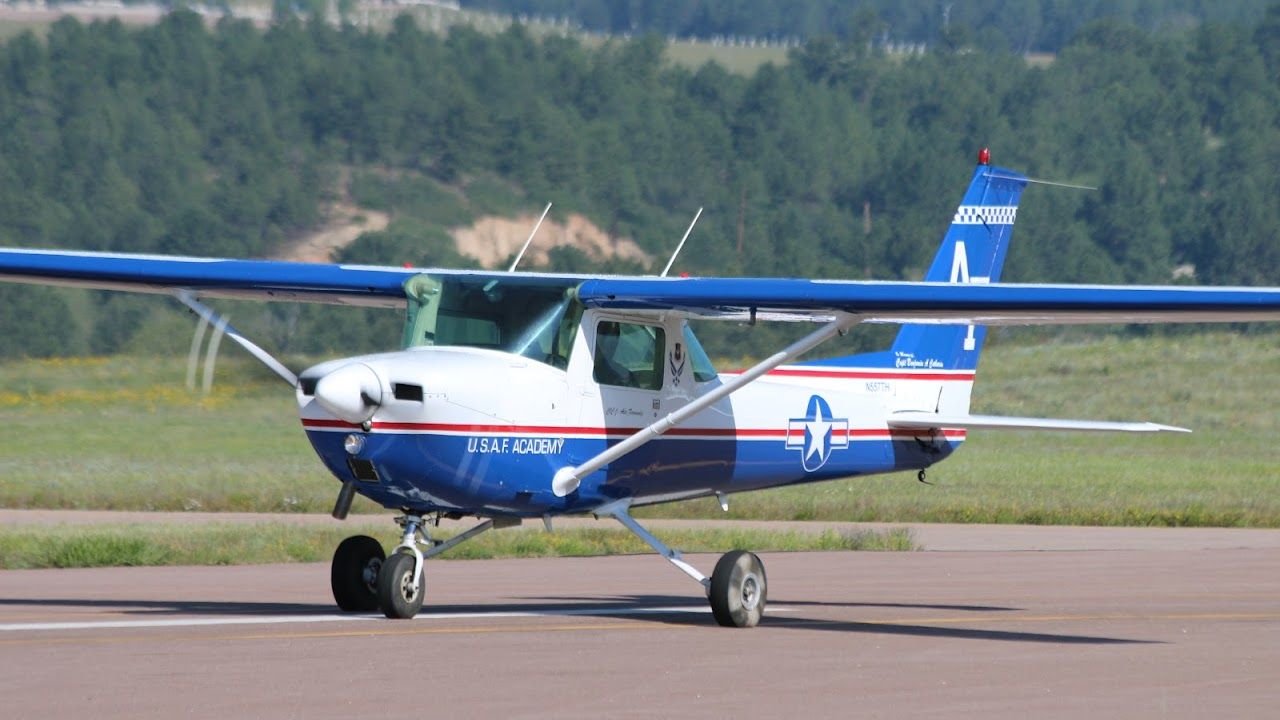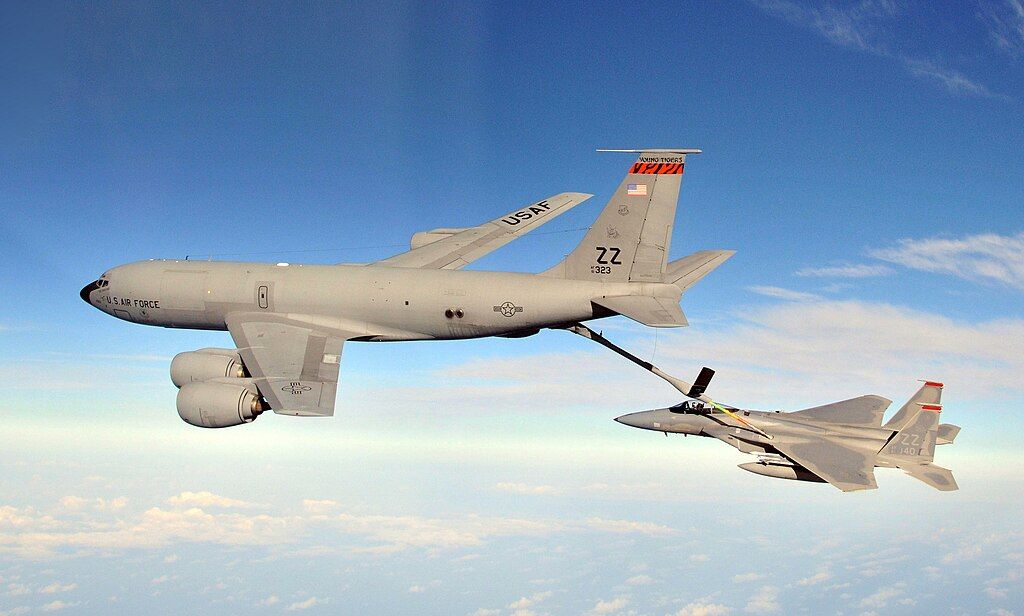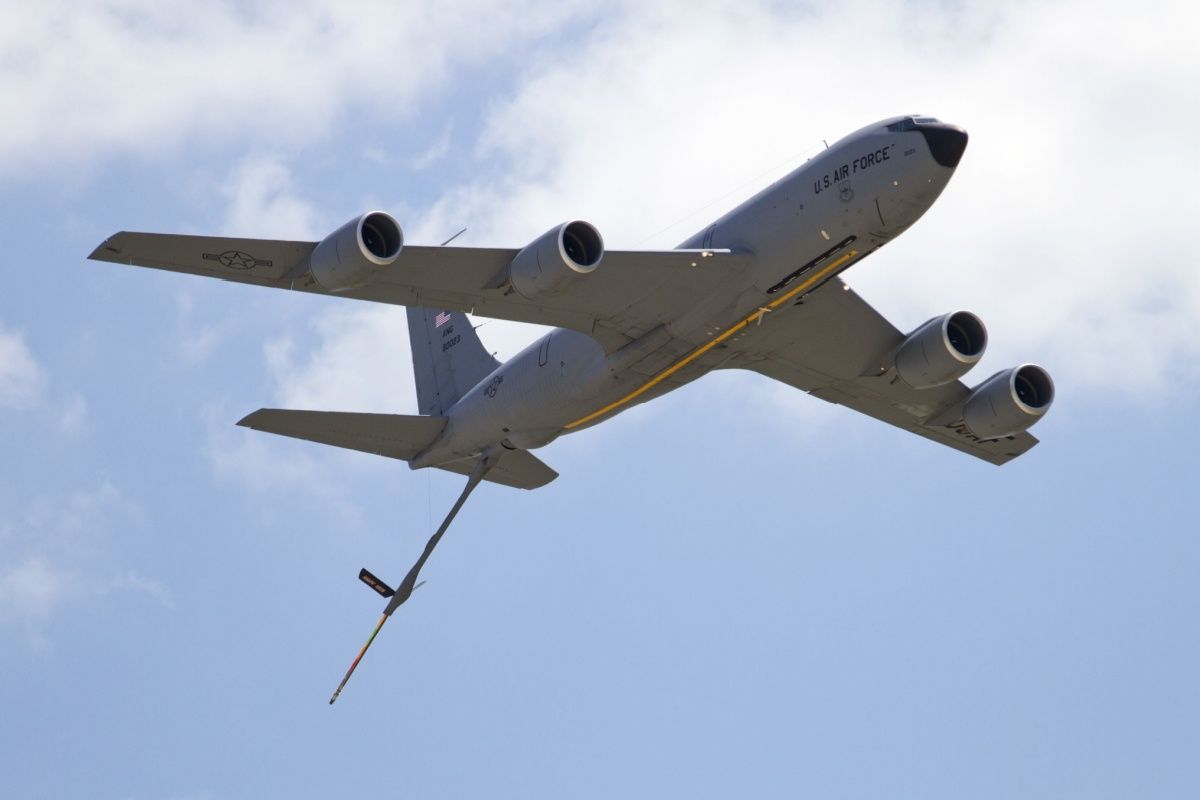The United States Air Force (USAF) operates some of the most advanced and sophisticated aircraft in the world. However, certain aircraft, despite their age, continue to serve vital roles in the force. These aircraft have proven their worth time and again, showcasing their longevity and adaptability. Here’s a look at the top five oldest aircraft still flying in the USAF.
5
B-52 Stratofortress
Year introduced: 1961
Kicking off this list is the B-52 Stratofortress, perhaps the most well-known and iconic aircraft in this article. Originally designed as a long-range, subsonic, strategic bomber, the B-52 has undergone numerous upgrades to remain operational in the modern era.
Key specifications:
- Role: Long-range strategic bomber
- Crew: 5 (pilot, copilot, weapon systems officer, navigator, electronic warfare officer)
- Propulsion: 8 x Pratt & Whitney TF33-P-3/103 turbofan engines (jet propulsion)
- Range: 8,800 miles (14,080 km) without aerial refueling
- Inventory: 76 operational aircraft
The B-52 remains a backbone of the USAF’s strategic bombing capabilities. It has been used in multiple conflicts, including the Vietnam War, Gulf War, and more recent engagements in the Middle East.
What makes the B-52 special is its endurance. Capable of flying thousands of miles without refueling, this aircraft can carry a wide array of weapons, from conventional bombs to nuclear warheads. Its adaptability has kept it relevant for over 60 years, and the Air Force expects to continue operating the B-52 well into the 2050s – nearly a century from its first flight – per the USAF.
4
TC-135S/W
Year introduced: 1961
The TC-135 is a variant of the Boeing KC-135 Stratotanker, tailored specifically for crew training. The S/W designation refers to various models used for different electronic warfare and reconnaissance training purposes. Despite its age, the TC-135 is still critical to maintaining the Air Force’s readiness in electronic warfare.
Key specifications:
- Role: Training and reconnaissance support
- Crew: 2 pilots, 2 navigators
- Propulsion: 4 x CFM International F108-CF-100 turbofan engines
- Range: 3,450 miles (5,552 km)
- Inventory: 3
According to Air & Space Forces Magazine, although operational in limited numbers, the TC-135 continues to serve as a trainer for reconnaissance and electronic warfare missions. The TC-135’s ability to simulate real-world conditions ensures that USAF crews remain prepared for a variety of potential scenarios.
3
T-38A/C/AT-38B Talon
Year introduced: 1961
The Northrop T-38 Talon holds the distinction of being the world’s first supersonic jet trainer. As the most produced supersonic trainer with more than 1,100 units built, the aircraft has trained generations of USAF fighter pilots, preparing them to fly jets like the F-16 and F-22, per the USAF.
Photo: ranchorunner | Shutterstock
Key specifications:
- Role: Supersonic jet trainer
- Crew: Two (student and instructor)
- Propulsion: 2 x General Electric J85-GE-5 turbojet engines
- Range: 1,140 miles (1,825 km)
- Inventory: 495
Boasting an impressive maximum speed of Mach 1.3, the T-38 Talon remains a key part of the Air Force’s pilot training programs. With its lightweight airframe and powerful engines, the T-38 provides a cost-effective way to simulate fast-paced aerial combat scenarios.
Moreover, with upgrades to avionics and flight systems, the T-38 has continued to evolve, ensuring that future generations of fighter pilots are equipped with the skills they need. Yet, to keep up with the times, the USAF plans to replace the T-38 with the Boeing-Saab T-7 Red Hawk, as reported by Flight Global.
2
T-51A
Year introduced: 1957
The Cessna T-51A Deathhawk is a military variant of the civilian Cessna 150/152, used primarily as a training aircraft. Through the years, this aircraft has played an essential role in initial flight training, allowing budding Air Force pilots to develop their skills before moving on to more complex airframes.
Key specifications:
- Role: Pilot training and competition aircraft
- Crew: Two (student and instructor)
- Propulsion: Single piston engine (propeller)
- Range: 480 miles (780 km)
- Inventory: 3
Although it is small in comparison to other Air Force aircraft, the T-51A Cessna has been an integral part of pilot training for decades. The simplicity of its design allows trainees to focus on mastering fundamental flying techniques without the distractions of high-tech systems.
According to the United States Air Force Academy (USAFA), all three of the USAF’s Deathhawks are currently used by its flying team as the primary competition aircraft in all flying events.
1
KC-135 Stratotanker
Year introduced: 1957
The KC-135 Stratotanker is a military aerial refueling aircraft that has served as the backbone of the USAF’s refueling operations for decades. According to the USAF, it is based on the Boeing 367-80 prototype, the same design that led to the Boeing 707.
Key specifications:
- Role: Aerial refueling and transport
- Crew: Three (pilot, copilot, and boom operator – some missions require the addition of a navigator)
- Propulsion: 4 x CFM International F108-CF-100 turbofan engines
- Range: 1,500 miles (2,400 km) with maximum fuel load
- Inventory: 376
The KC-135 is one of the oldest aircraft still in active use within the Air Force. It has played a critical role in extending the range of both fighters and bombers, ensuring that US military aircraft can reach global hotspots without requiring frequent stops for refueling.
Photo: Boykov l Shutterstock
The aircraft has seen various upgrades over the years, including new engines, avionics, and structural reinforcements, which have ensured its longevity. The KC-135 remains a workhorse for the US Air Force and is expected to stay in service until newer tankers, like the KC-46 Pegasus, can fully replace it.
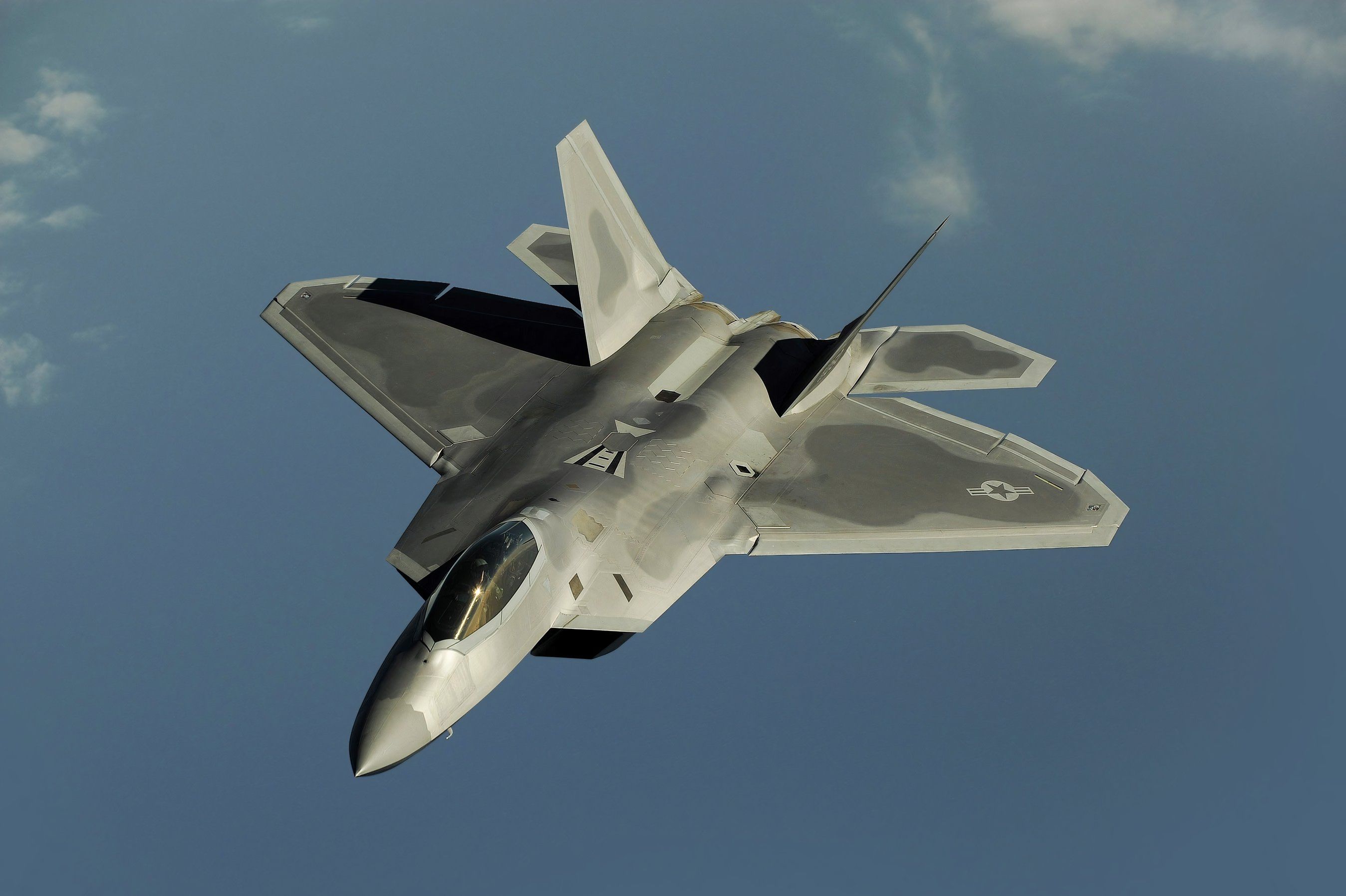
These aircraft have stood the test of time and continue to provide valuable service to the United States Air Force. Each of these planes has been meticulously maintained and upgraded over the years, ensuring their operational readiness in modern conflicts.
Whether through aerial refueling, pilot training, or strategic bombing, these aircraft have cemented their place in US military history, and their continued use speaks volumes about the effectiveness of their original designs.

